Portable audio equipment like earphones and headphones come in all shapes and sizes. In fact there’s too many variation that it sometimes confuses the consumer to think that they are basically the same. But what exactly should a buyer look for in a headphone or earphone? Head past the break to know more.
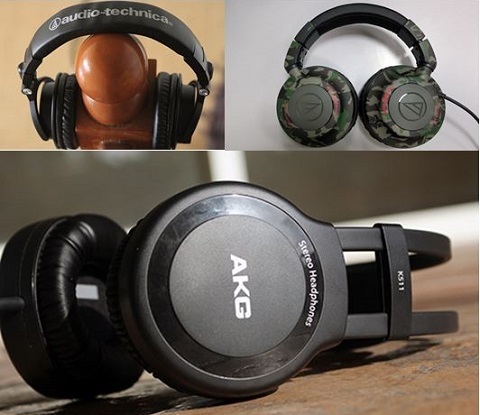
Contrary to the usual notion, investing on a good set of audio peripheral doesn’t always require tons of cash. If you look hard enough, you’ll find a decent earphone from a reputable brand for under Php2,000. If that price point is still too high, there are other alternatives from not-so-popular brands that deliver roughly the same audio performance for a cheaper price. The key is to research first then TRY BEFORE YOU BUY.
Definition
Earphones. Headphones. Headsets. For some people these terms are all basically the same. They’re not. So let’s start with the basic and define each term and what makes it different from the other.
Headphones – it’s a pair of compact loudspeakers held close to the user’s ears using a clamping headband. It’s often characterized as being bulky and is the popular choice for DJs as it provides a better noise isolation than its smaller counterpart, the earphone.
There are two classifications of Headphones; Closed-back and Open. These terms pertains to the way the back of the ear cups are designed which affects the sound quality of the device. Closed-back headphones are good for blocking ambient noise and provides feel that the sound is coming from inside the listener’s head. Open-back, on the other hand, allows the sound to move freely which results to a more natural listening experience.

Under these classifications, there are other two sub-categories of headphones; Circum-aural and Supra-aural. These sub-categories refer to how the ear cup come in contact to the user’s ears. Supra-aural headphones sits on top of the listener’s ears, while Circum-aural or full-sized headphones sits around the ear.
Earphones – as its name implies, are what usually clings to your ears without the help of a headband. It’s significantly smaller compared to Headphones and is usually bundled with our electronic devices. Similar to headphones, the earphones also comes in two forms, Earbud and In-Ear monitors or Canalphones. The former is akin to the Supra-aural headphone in a sense that it only worn on top of the ear and it’s not so good in sealing sound.
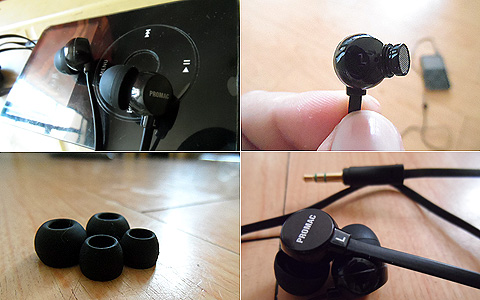
Meanwhile, the Canalphones goes a little deeper inside the ears. It occupies the entire opening of the listener’s ears and is fitted using silicon rubber tips or foam sleeves. As you would’ve guessed, this kind of earphones cancels the majority of outside noise and has a less tendency to fall off unlike earbuds.
Headsets– apart from being listening tool, headsets also doubles as a communication device. It can either be in the form of an earphone or a headphone as long as it is capable of transmitting sound through a microphone.
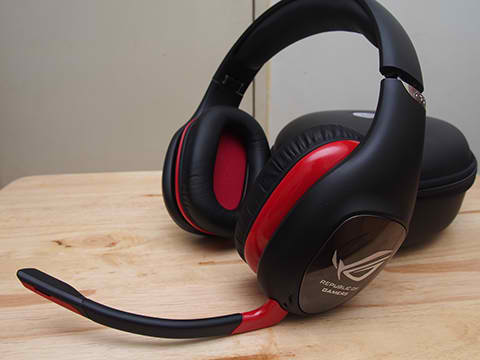
Now that we have a clear picture of the difference between these audio peripherals, let’s get down to the things you need to look out for when buying one.
Construction
Most of earphones and headphones, especially those which price point is at the lower end of the spectrum, are made of plastic. Although this type of material has a tendency to provide a cheap feel to the device, it aids these devices to keep a light profile, making it comfortable when worn.
If there’s a part of the headphone that you’d want to be anything but plastic, it’ll be the hinges that connect the ear cups and the headband. As much as possible, you’d want a headphone with a metal hinge for added durability especially in this area.

Another thing you have to watch out for are the cables. The audio device’s cable should be able to withstand battering as much as the phones itself. A good cable should have sizable thickness and has a bit of reinforcements especially at the tip where the cable meets the audio jack and actual headphone, as these parts that are prone to wear and tear.
Sound Performance
When checking out gadgets, we usually refer to its spec sheet to have a bit of an idea of what it’s capable of. However, the things listed under an earphone/headphone specs are not as tangible or easily discernible as those found on electronic device.
In this section we’ll list down some of the things we usually see on an earphone/headphone’s description and give you a bit of insight on what it means. Being equipped with this knowledge will somewhat help you in picking the right audio device.

Driver size – The size of the driver dictates how well a headphone can produce a sound. This means that the bigger driver, the better the sound output. But the driver size is just half the story when producing good sound quality. The other half is the type of Magnet that drives it.
Magnet – The use of neodymium magnets on a headphone is common nowadays. This powerful rare-earth magnet aids the audio device to keep a slimmer profile compared to headphones in the past.
Impedance – is the amount of electricity to drive the magnet that makes the drivers move and create a sound. It’s being measured in Ohms which is signified by an omega sign (Ω) and is probably the most important aspect of an audio device.
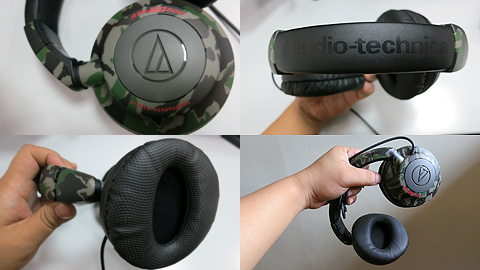
So in essence, bigger drivers require more power to drive. This explains why headphones have higher impedance rating compared to earphones. Speaking of which, a good set of headphones should at least have 32-ohms in order for it produce good sound. As for the earphones, given its small drivers, a desirable impedance should be around 18-ohms and above.
Frequency Response (or Dynamic Range) – gives us an idea of the range of sound that an audio equipment can produce. The typical range found on earphones/headphones is 20Hz – 20KHz. The lower number signifies lowest (bass) sound it can produce, while the other is highest (treble) tone. Some may say its better if the device has a wider range, but it’s important to note that an average person’s ear can only perceive 20Hz – 20KHz. So unless you’re born with a golden ear, the standard Dynamic Range should be enough for you.
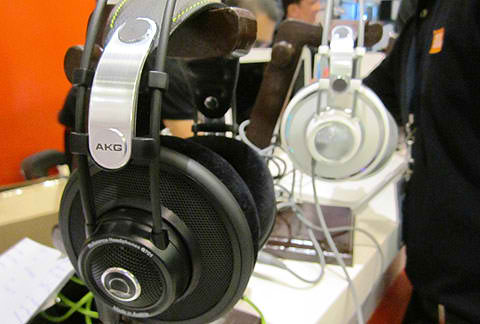
Signal-to-Noise Ratio (SNR or S/N) – This is probably the hardest aspect to explain because it involves a lot of electrical jargons. Basically, SNR is the measurement (in decibels) of noise level in an audio signal. A device with higher decibel value should provide a cleaner sound output and has lesser likelihood to produce hiss.
Summary
Here’s what we need to bear in mind when dealing with headphones and earphones: Just because these peripherals look similar, doesn’t mean that they sound the same. It’s definitely a plus if the ear/head phone looks good, but design has little to do with the device’s sound performance. Therefore, you’d want to prioritize audio quality over style.
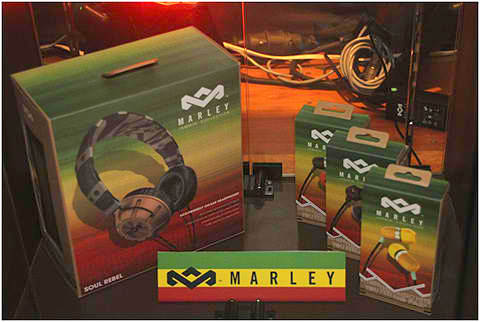
Unfortunately, this isn’t always the case. There are people who waste their money over a cheap-sounding knockoff of a celebrity-advertised headphone thinking that they look cool with it. We hope that with this article, as well as the other resources around the web, we can be more educated in choosing the right audio equipment. And as always, we suggest the TRY BEFORE YOU BUY strategy when dealing with earphones and headphones.
The post What to look for in an earphone/headphone? appeared first on YugaTech | Philippines, Tech News & Reviews.












